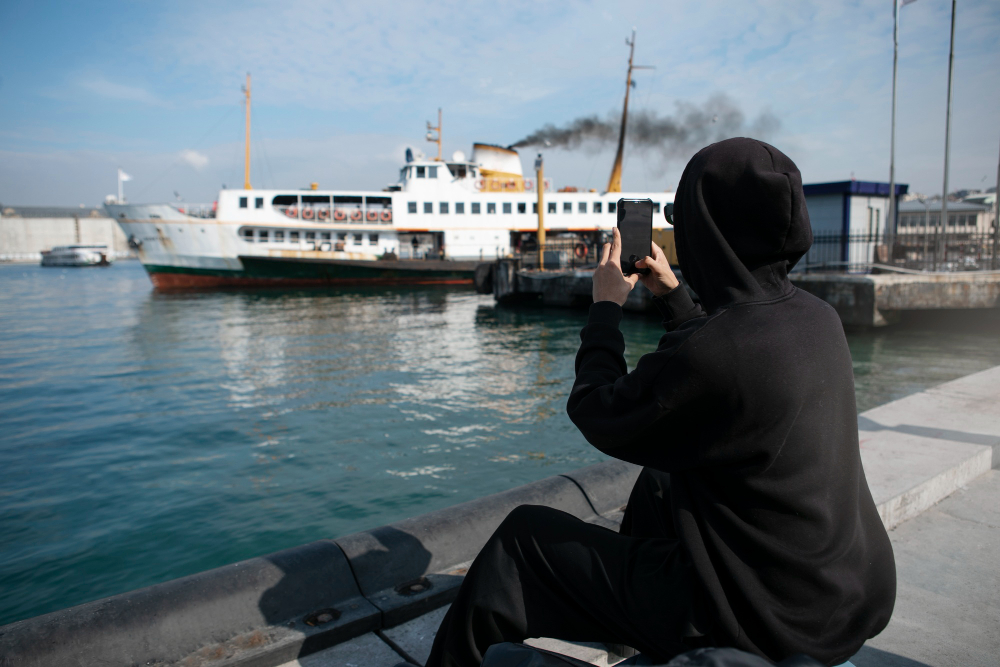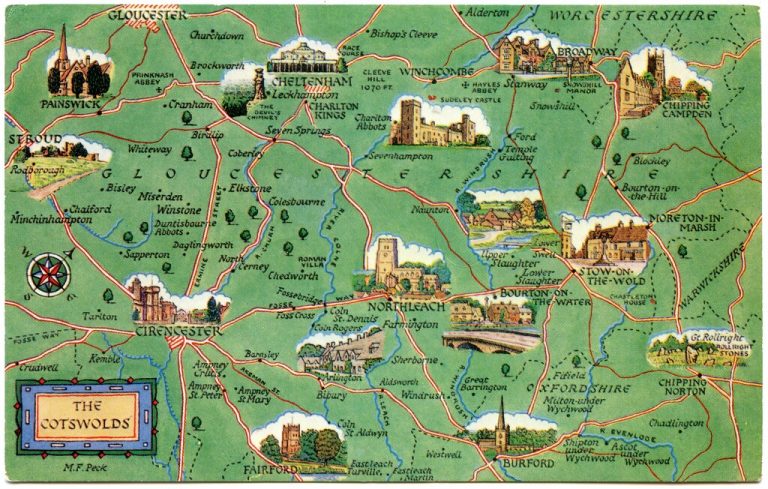Traveling from Dunkirk to Dover is a unique experience that blends historical significance with natural beauty. This journey, covering around 80 miles across the English Channel, offers travelers a chance to explore captivating landmarks, scenic spots, and cultural treasures. Here are ten must-see attractions that you should include on your itinerary for an unforgettable trip from Dunkirk to Dover.
1. Dunkirk Beach and War Memorial
Your journey begins in Dunkirk, a city known for its pivotal role in World War II. Dunkirk Beach, the site of the famous Dunkirk evacuation, is a must-visit. The beach itself is a serene place to reflect on history while enjoying the coastal scenery. Don’t miss the Dunkirk War Memorial, which pays tribute to the bravery of the soldiers and civilians involved in Operation Dynamo. The Dunkirk 1940 Museum nearby offers detailed exhibits about the evacuation and the Battle of Dunkirk.
2. The Port Museum of Dunkirk
A short distance from the beach, the Port Museum of Dunkirk offers insights into the maritime history of the region. The museum is housed in a former tobacco warehouse and showcases a vast collection of ships, including the famous three-masted sailing ship, the Duchesse Anne. Interactive exhibits and multimedia presentations make it a fascinating stop for both adults and children.
3. Gravelines: A Fortress Town
On your way to Calais, make a stop at Gravelines, a charming fortress town. Known for its star-shaped fortifications designed by the famous military engineer Vauban, Gravelines is a picturesque place to explore. Walk along the ramparts for stunning views of the town and surrounding countryside. The town’s historic center is filled with quaint streets, traditional shops, and inviting cafes.
4. Calais: Gateway to England
Calais, the closest French town to England, is an essential stop on your journey. The town is famous for its massive port, but there’s much more to see. Visit the Calais Lighthouse for panoramic views of the coastline and the English Channel. The Calais Town Hall, with its impressive belfry, is a UNESCO World Heritage site and worth a visit. Art enthusiasts will appreciate the Rodin’s sculpture “The Burghers of Calais,” located in front of the town hall.
5. The White Cliffs of Dover
As you approach Dover, the iconic White Cliffs will come into view. These stunning chalk cliffs are one of Britain’s most recognizable natural landmarks. The White Cliffs of Dover offer numerous walking trails that provide breathtaking views of the English Channel and France on a clear day. Don’t forget to visit the visitor center for information on the cliffs’ geology and history.
6. Dover Castle
Dover Castle, often referred to as the “Key to England,” is a must-visit attraction. Perched on a hill overlooking the town and the Channel, this medieval fortress has played a crucial role in British history. Explore the Great Tower, the underground wartime tunnels, and the Roman lighthouse within the castle grounds. Dover Castle offers a fascinating glimpse into centuries of history, from the Roman era to World War II.
7. Samphire Hoe
Located at the base of the White Cliffs, Samphire Hoe is a nature reserve created from the chalk marl excavated during the construction of the Channel Tunnel. It’s a fantastic spot for a peaceful walk or a picnic, with stunning views of the cliffs and the sea. The reserve is also a haven for wildlife, including rare birds and plants. Informative displays along the paths provide insight into the area’s natural and geological history.
8. The Secret Wartime Tunnels
Beneath the cliffs of Dover lies a network of secret wartime tunnels that played a crucial role during World War II. These tunnels were used for military planning and as a hospital. Today, guided tours allow visitors to explore these hidden passages and learn about their historical significance. The immersive experience includes multimedia displays and personal stories from those who worked in the tunnels during the war.
9. Deal Castle
A short drive from Dover, Deal Castle is another fascinating historical site. Built by Henry VIII to defend against potential invasions, Deal Castle is one of the best-preserved Tudor artillery castles in England. Visitors can explore the circular keep, bastions, and underground tunnels. The castle’s gardens and seaside location make it a picturesque stop on your journey.
10. Canterbury: A Historic Detour
While not directly on the Dunkirk to Dover route, a detour to Canterbury is highly recommended. This historic city is home to Canterbury Cathedral, a UNESCO World Heritage site and one of the oldest and most famous Christian structures in England. The medieval streets of Canterbury, lined with timber-framed houses and quaint shops, are a delight to explore. The city’s rich history and vibrant cultural scene make it a worthwhile addition to your itinerary.
Conclusion
The journey from Dunkirk to Dover is a captivating adventure through history, culture, and natural beauty. From the poignant memorials of Dunkirk to the majestic cliffs of Dover and the historic treasures in between, this route offers a wealth of experiences for travelers. Whether you’re a history buff, nature enthusiast, or simply looking to explore new places, the Dunkirk to Dover journey promises unforgettable memories.
FAQs
1. How long does it take to travel from Dunkirk to Dover?
The ferry crossing from Dunkirk to Dover takes approximately 2 hours. However, travel time can vary depending on the weather and sea conditions. The overall duration of the journey, including stops at various attractions, can range from a few hours to a full day or more.
2. What is the best time of year to visit the Dunkirk to Dover route?
The best time to visit is during the late spring to early autumn months (May to September) when the weather is generally mild and the attractions are open. Summer is particularly popular due to the longer daylight hours and warmer temperatures.
3. Are there any guided tours available for this route?
Yes, there are several guided tours available that cover different aspects of the Dunkirk to Dover route. These tours often include transportation, guided visits to key attractions, and sometimes meals. Check with local tour operators for options that best suit your interests.
4. Can I bring my car on the ferry from Dunkirk to Dover?
Yes, you can bring your car on the ferry from Dunkirk to Dover. Most ferry operators offer car ferry services, allowing you to explore the attractions at your own pace. Be sure to book your car ferry ticket in advance, especially during peak travel seasons.
5. Are there accommodations available along the Dunkirk to Dover route?
Yes, there are various accommodation options available along the route, ranging from budget-friendly hotels and bed-and-breakfasts to more luxurious establishments. Both Dunkirk and Dover offer a range of lodging options, as do the towns in between, such as Calais and Canterbury. It’s advisable to book your accommodations in advance, especially during peak tourist seasons.
Also read : Map of the Cotswolds Villages: 10 Charming Destinations to Explore




Leave a Comment